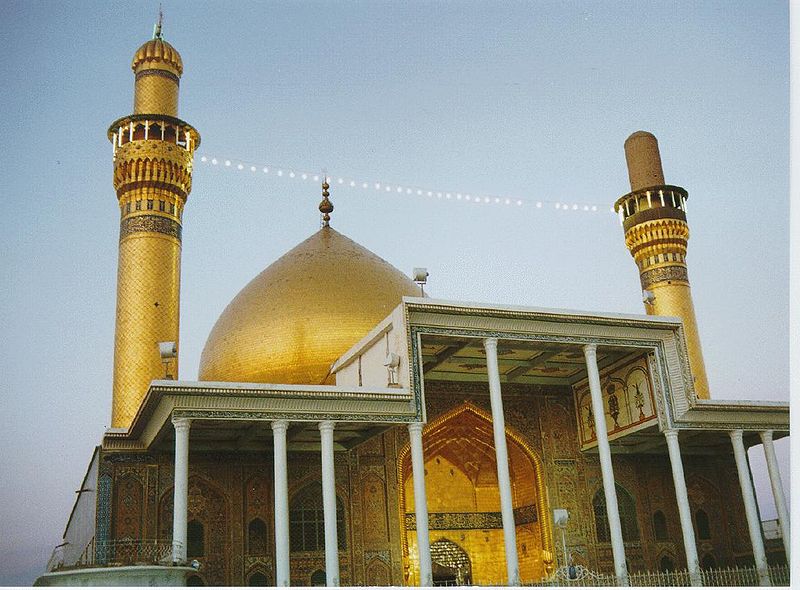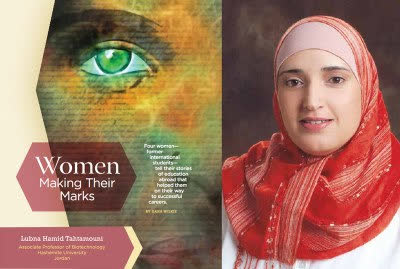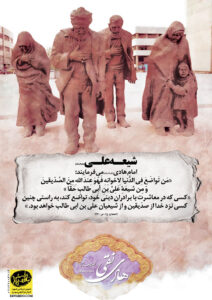According to rahyafte (the missionaries and converts website) Abu l-Ḥasan ʿAlī b. Muḥammad b. ʿAlī b. Mūsā, (b. 212/828 – d. 254/868) (Arabic:ابوالحسن علي بن محمد بن علي بن موسی) was the son of Imam al-Jawad (a) and he was the tenth of the twelve Shi’a Imams. He is also known as al-Naqī ( النقي, the pure) and al-Hādī ( الهادي, the guide). He was the Imam between 220/835 and 254/868 for a period of thirty-four years.
Many years of the imamate of Imam al-Hadi (a) took place in Samarra under direct surveillance of the rulers of his time. His imamate was contemporary with the rule of some Abbasid caliphs including al-Mutawakkil al-‘Abbasi.
Different hadiths are narrated from Imam al-Hadi (a) about ideological issues, interpretation of the Qur’an, fiqh, and ethics. Al-Ziyarah al-Jami’a al-Kabira which includes Shi’a ideological concepts about the Imams, is narrated from Imam al-Hadi (a).
During his imamate, Imam al-Hadi (a) educated students and managed Shi’a affairs. Some of his students and companions included: ‘Abd al-‘Azim al-Hasani, ‘Uthman b. Sa’id, Ayyub b. Nuh, al-Hasan b. Rashid and al-Hasan al-Utrush.
Imam al-Hadi’s (a) father was Imam al-Jawad (a), the ninth Imam of the Shi’a school of thought. His mother was a concubine called Samana or Susan.
Imam al-Hadi (a) and his son Imam al-Hasan al-‘Askari (a) became famously known as ‘Askariyyayn; since Abbasid caliphs took them to Samarra in 233/847-848 and held them under surveillance until the end of their lives.
Imam al-Hadi (a) was also known under other titles such as al-Naqi, al-Najib, al-Murtada, al-‘Alim, al-Faqih, al-Amin, and al-Tayyib.
According to al-Kulayni, al-Shaykh al-Mufid, al-Shaykh al-Tusi and Ibn Athir, Imam al-Hadi’s (a) birth was in the middle of Dhu l-Hijja 212/March 10, 828 in a region called Sarya near Medina. It was reported by some, that the 2nd or 5th day of Rajab was the day of his birth.
According to the narrations of al-Shaykh al-Mufid and others, Imam al-Hadi (a) was martyred in the month of Rajab 254/July, 868 after twenty years and nine months of being held in Samarra.
Imam al-Hadi (a) made great efforts in educating and familiarizing Shi’a Muslims with Shi’a teachings through Du’a (supplication) and Ziyarah (visitation, either physical or vocal). Such du’as in different ways, mentioned some political and social points as well as supplicating to God. These points were very influential in the political realm of the Shi’a and regularly inspired certain concepts within the Shi’a society.

Ziyara Jami’a Kabira is in fact a long and eloquent description of different perspectives of the concept of imamate which Shi’a believes that survival of religion depends on believing and adhering to this principle. Due to its content referring to Imams’ (a) positions, Imam al-Hadi (a) said that the pilgrim says “Allahu Akbar” 100 times before reciting this Ziyara so that he does not fall into exaggeration about Imams (a).
In this Ziyara, Ahl al-Bayt (a) have been described as his rightful successors and all Shi’a teachings are explained in a clear language, including the connection between Imams (a) and the Holy Prophet (s), mentioning scholarly, moral and political merits of Imams (a), their example, the relation between imamate and Oneness of God, the relation between knowing Imams (a) and knowing God, infallibility of the Ahl al-Bayt (a), oneness of their creation, Tawalli [friendship],Tabarri [rejection], Raj’a [second coming] and Taslim [surrender]. In this Ziyara, merits of Imams (a) are mentioned in connection with the Qur’an and the conduct of the Prophet (s) in the best way possible.
Source: http://en.wikishia.net




















